With the right conditions and storage supplies, wheat berries can be stored for years or even decades. Learn how to store wheat berries properly as well as the best types of grains for long term storage and short term.
People across the country are waking up to the truth about real, nutrient dense food. This of course includes the type of flour one uses to make baked goods.
I’ll be the first to admit that I used to think organic was all you needed. If the product, for instance a bag of all purpose flour was labeled organic, non gmo, it had to be healthy right?
Wrong. While the organic all purpose flour may not be treated with horrific chemicals, it is devoid of the essential nutrients your body needs.
Someone once said to me to look at foods as “good, better, best”. I like to think that while commercialized organic flour may have been a good choice compared to its non organic counterpart, it wasn’t the best and most nutritious choice for my family.
Using wheat berries to make flour at home is a great way to get crucial vitamins, minerals and oils into your diet as well as use a fresh, high quality grain in your bread and dessert recipes.
In this post, I share with you what the best wheat berries for long term storage are, why buy grains in bulk, how to store wheat berries for short and long term storage and I answer many of your frequently asked questions regarding grains.
How to Store Bulk Grains
Unlike flour which goes rancid pretty quickly, whole grains can last many, many years if stored properly. Wheat berries, when left whole and unprocessed, retain all of their nutrients and are resistant to going bad quickly. When the bran layer has been broken, such as in the case of grinding grains into flour, the shelf life shortens dramatically. In some cases, the loss of nutrition and spoilage rate can be as short as only two days.
There are many wheat berry storage methods, including long and short term storage ideas. Continue reading to get answers to popular questions as well as discover the best ways on how to store wheat at home.
Why Store Wheat Berries in Bulk?
Each individuals reason to fill their pantry with bulk foods may differ. These are some of the tops points to consider when storing wheat berries.
- Have food available for emergencies which may include snow storms, tornadoes, power outages or other inclement weather conditions
- Sudden family sickness
- Job loss
- Financial change
- Economic changes
- Preparedness for catastrophe
- Save time, money and trips to the grocery store
Wheat Berry Storage Containers
This post contains affiliate links, which means I make a small commission at no extra cost to you. In any case, I only link to products we actually use on our homestead and that I believe can truly benefit to you. See my full disclosure here.
All wheat berries should be stored in sealed, preferably air tight containers with a secure lid to prevent spoilage and bugs or rodents from getting in. Here is a list of wheat berry storage container ideas for both short and long term preservation methods.
- 5 gallon food-safe bucket with a gamma lid
- Mylar bags
- Glass jars
- Vacuum sealed containers or bags such as from Food Saver
- Plastic canister with a tight fitting lid
- Zipper top plastic bag
What Grains Can Be Stored for Long?
While each type of grain can be stored for various lengths of time, the items below are generally considered good choices for stable, long-term storage, ranging from two years to twenty years.
- Wheat berries such as hard white, hard red, soft white and durum (the harder the berry, the longer it’ll last)
- Ancient grains such as rye, spelt, kamut, emmer and einkorn
- Buckwheat
- Field corn
- Oats
- Quinoa
- Amaranth
- Millet
- Sorghum
Learn how to choose wheat berries for your specific needs.
How to Store Wheat Berries for Long-Term Storage
If you plan to keep your wheat berries for an extended length of time, such as 20-25 years, you will want to store them in a high quality, food safe container with a sealed lid. My favorite way to store bulk grains is by placing them in a 5 gallon food-safe bucket with a gamma lid. You can purchase both of these items at your local hardware store such as Tractor Supply or even online from places like Amazon or Azure Standard.
Due note, approximately 25 lbs of wheat berries can fit into one 5 gallon bucket.
Do Wheat Berries Need Oxygen Absorbers?
When storing grains for long term, adding an oxygen absorber can help prevent bugs and insects from living amongst the wheat berries. I usually add 3-5 oxygen absorbers into a 5 gallon food safe bucket. One 300cc oxygen absorber should be enough for a single mylar bag.
How Long Do Wheat Berries Last in Mylar Bags?
Stored properly, the shelf life of wheat berries in mylar bag can last anywhere from 20-30 years.
Long Term Storage Tips
- Use only clean, dry containers
- Remove moisture to prevent mold growth or sprouting
- Take out as much oxygen as possible
- Store in a cool, dark place
Short Term Storage
If you plan to store wheat berries for a short amount of time, say a few months, canning jars, pop-top plastic storage containers, plastic or metal canisters or even half gallon glass storage jars work well. As with the long term storage recommendations, when storing grains for a short period of time, do keep them in cool place out of direct sunlight.
Can You Store Wheat Berries in Mason Jars?
I store my grains in the basement. When I need the wheat berries, I fill up a glass mason jar with the grains from the bucket and store the container upstairs in my kitchen cabinet. This is much more convenient than taking a trip to the basement every time I need some grains.
FAQ
Learn how to mill flour at home.
Can You Freeze Wheat Berries?
Yes, wheat berries can be frozen, however using a freezer to preserve your grains isn’t meant for long term storage. Use freezing sparingly, such as to kill any bugs or insects you find in your wheat.
How Do You Know if Wheat Berries Have Gone Bad?
Your nose knows best. If you open your storage container filled with wheat berries and find the odor is fowl, the texture of the grain has changed or the color is no longer what it used to be, it is likely your wheat berries have gone bad and may need to be tossed out.
How Do You Kill Bugs in Wheat Berries?
Have you found tiny bugs in wheat berries? Weevils, moths and other insects can find their way into your wheat. As devastating as it is (it has happened to me a couple of times), there are ways to remedy the situation. The best way to kill bugs in your wheat berries is to place the grains in an airtight container and stick it in the freezer for at least a week. The cold temperature will destroy the bugs and eggs but your wheat berries will still be usable.
When this happened to me, I filled up a few Food Saver bags, vacuum sealed them and laid the bags in the freezer for a while. Once removed from the freezer, I never had any bugs reappear or eggs hatch. However, I will mention that the bags that were heavily littered with bug carcasses and I did have to sift through the grains to remove the insects. It was a tedious task but the wheat berries were saved.
Note, in the future if you would like to prevent bugs in your grains, try adding a handful of oxygen absorbers into your storage container.
Try These Recipes Using Wheat Berries
Cornbread With Fresh Milled Flour

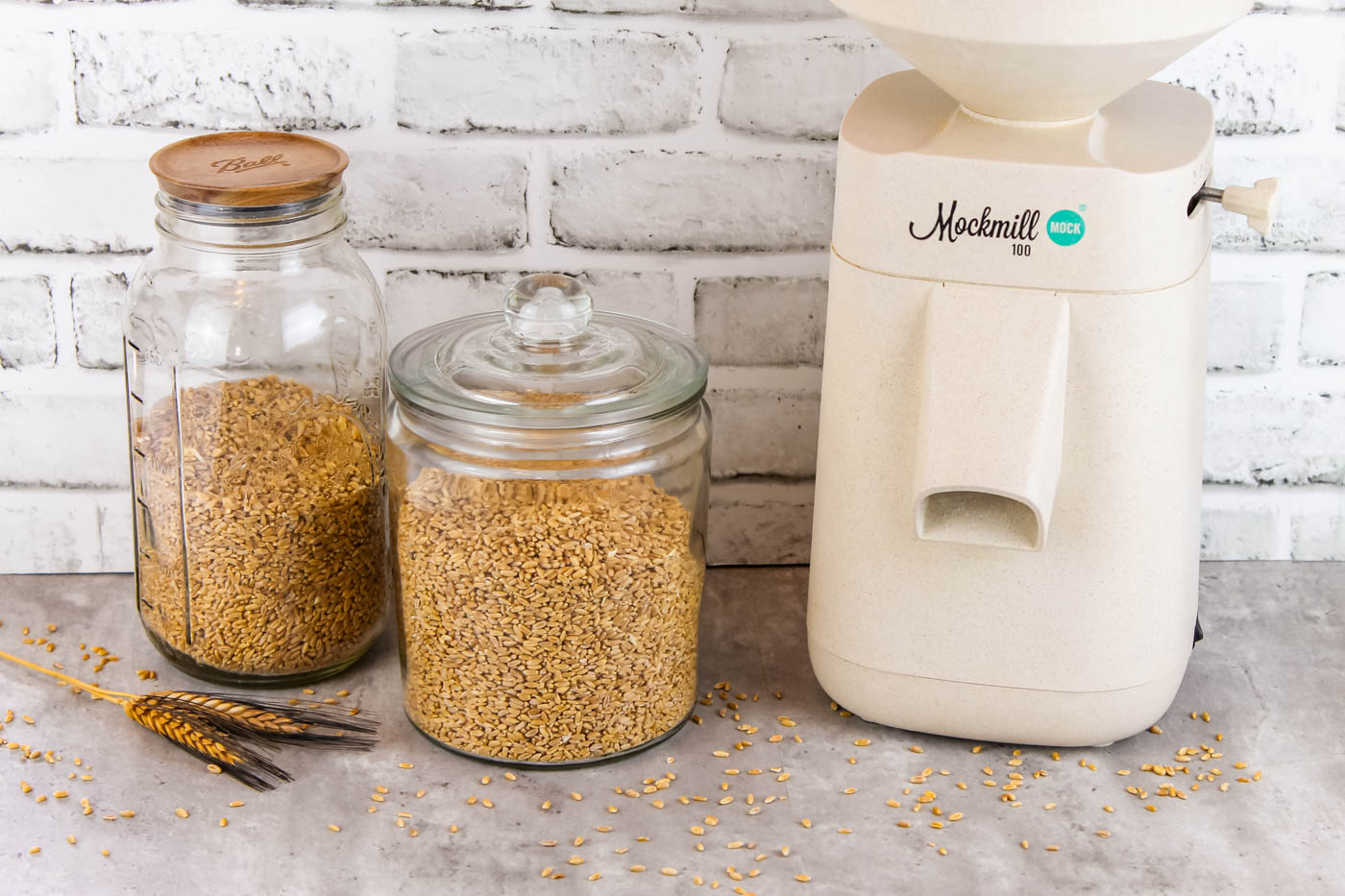
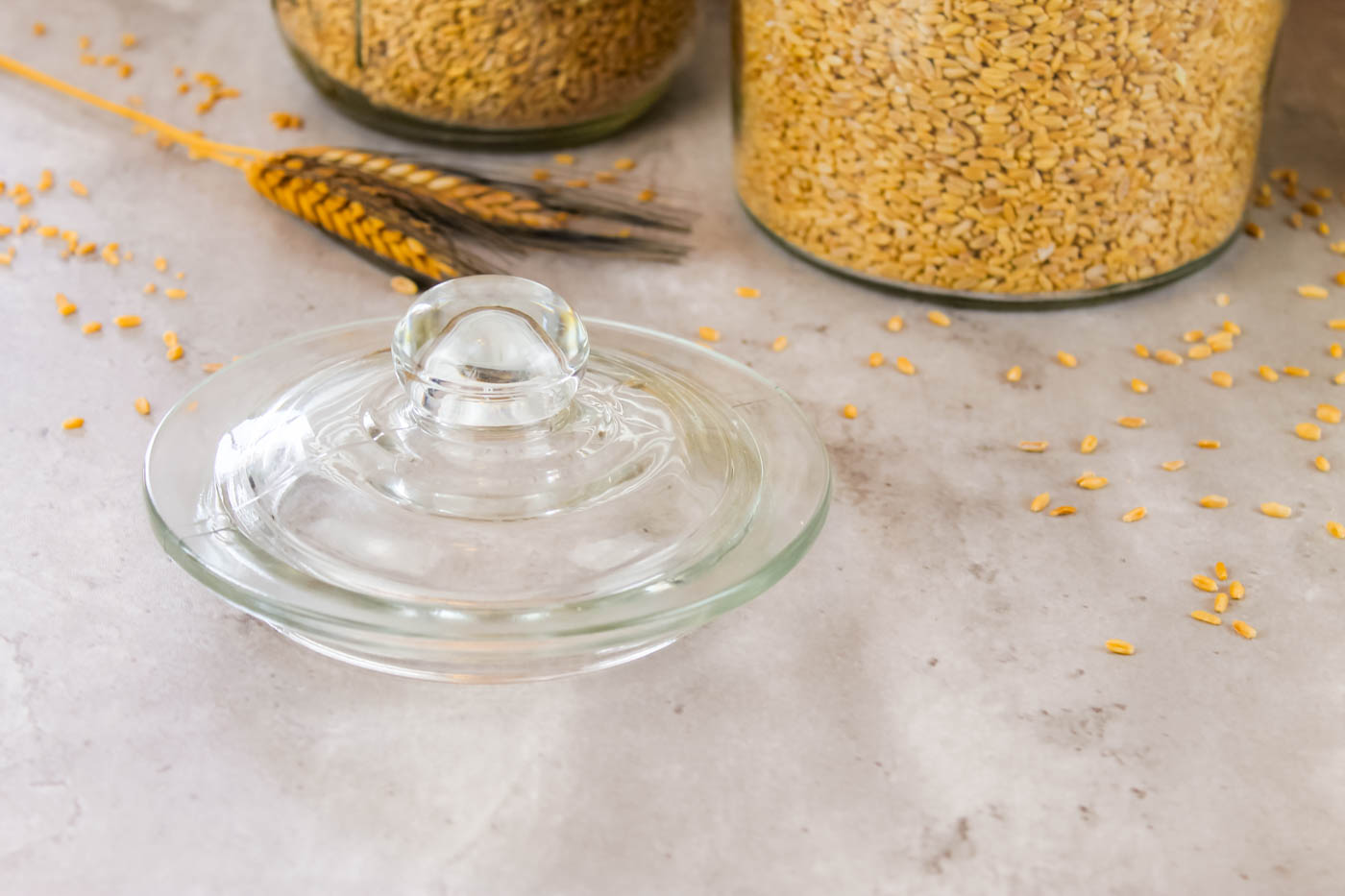
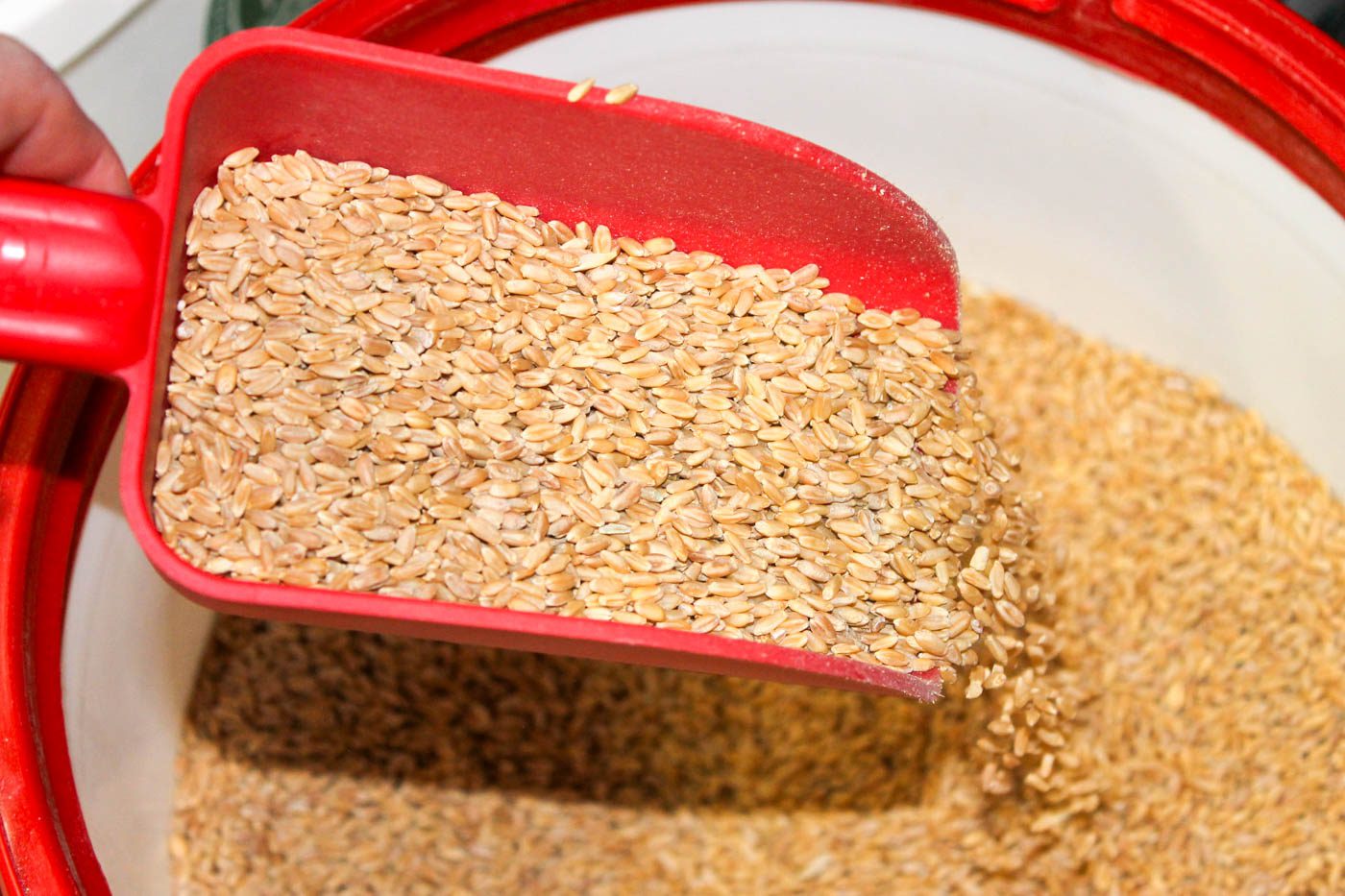
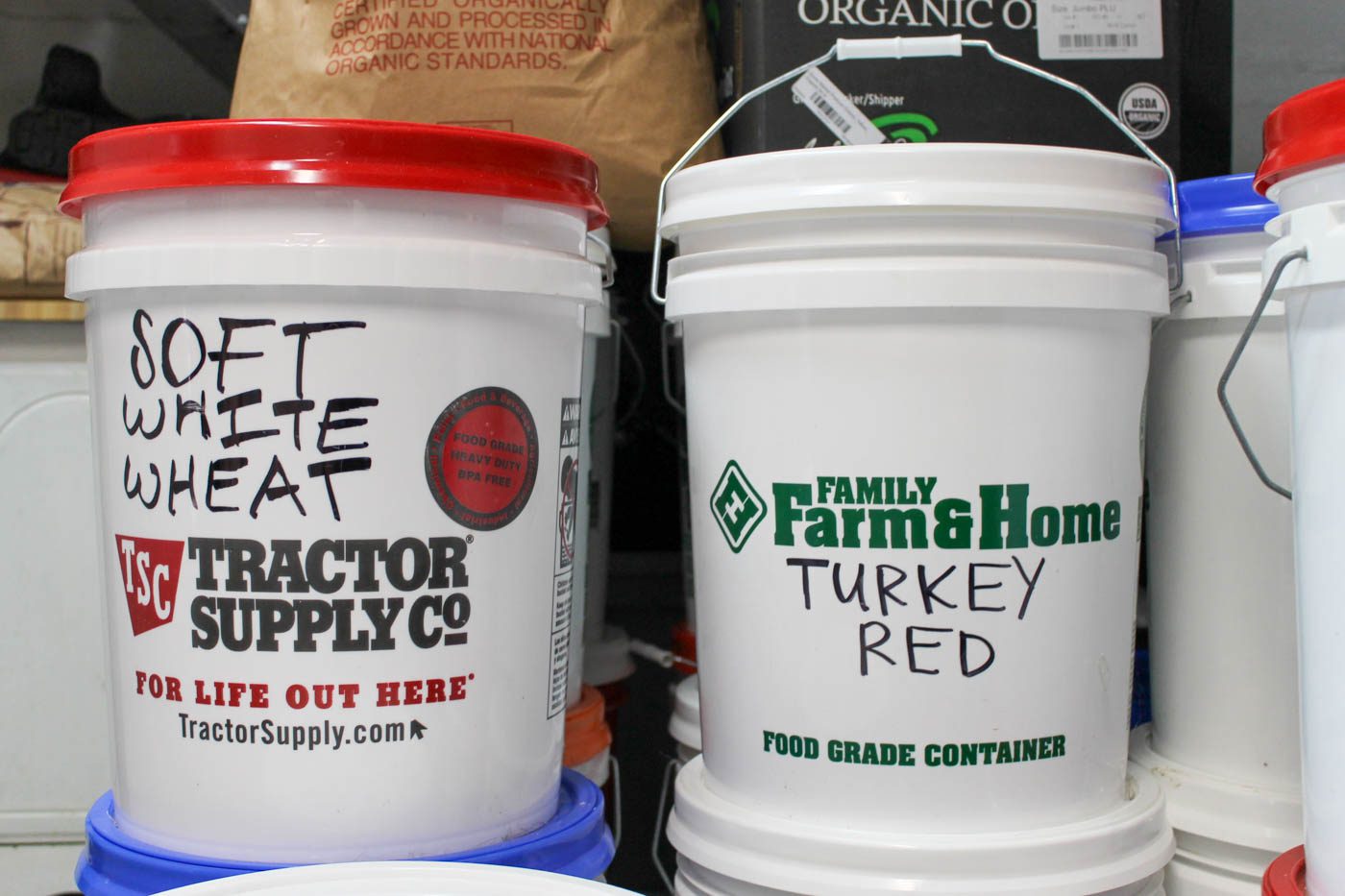
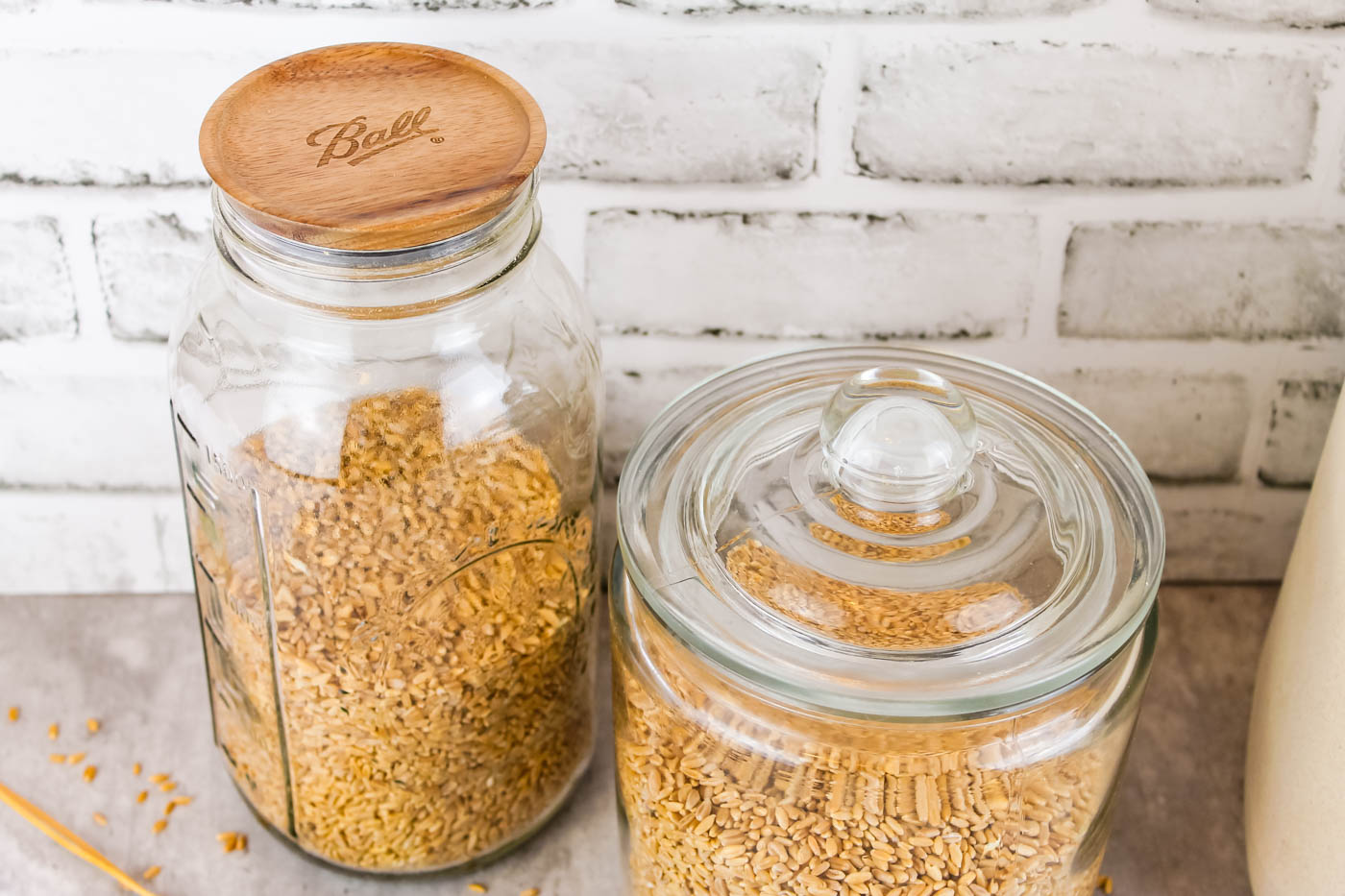
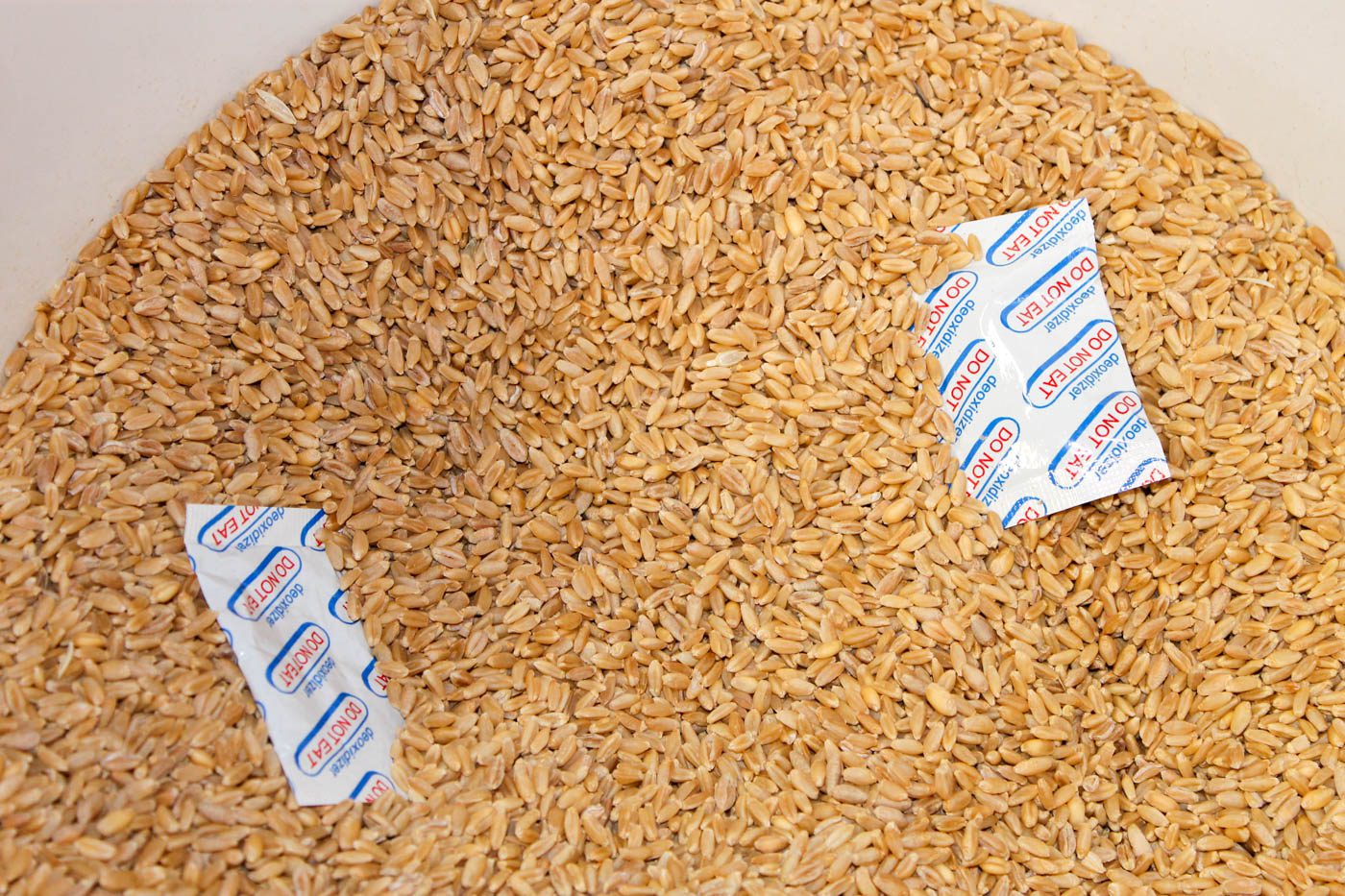







Do oxygen absorbers contain toxic ingredients?
Oxygen absorbers are completely safe to use and considered non-toxic according to the National Center for Biotechnology Information.